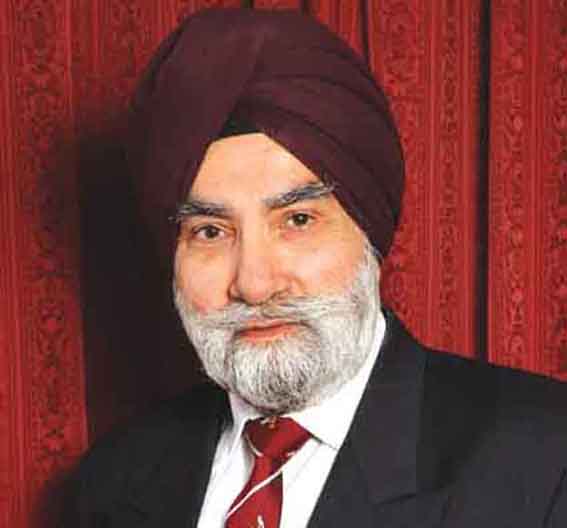1984 Sikh Genocide A Failure of Indian Democratic Institutions

In 2009, Late Sardar Jarnail Singh, ex-journalist rose to fame when, in righteous indignation, he threw a shoe towards then Home minister, P Chidambaram. He wrote his book, I ACCUSE&hellipAnti Sikh Violence of 1984. (He gave me a signed copy of the book following a discussion on UK Sikh media.)
The question uppermost in my mind as I finished reading the book was: How can all checks and safeguards of a democracy fail so completely at the same time in the capital city of the largest democracy in the world ? Or, to quote the book cover note, Why did the state apparatus allow it to happen? The guardians of the constitution: the President, the Parliament, different branches of the administration, the judiciary, the media &ndash all abdicated their responsibility for three days from 1 November to 3 November 1984.
Then, as soon as the world media with its TV cameras and reporters arrived for the funeral of Mrs Indira Gandhi on 3rd November, this communal fire of hatred started on 1 November, was extinguished with the same efficiency as it had been started. It was as if nothing had happened!
Recently published memoirs of BD Pande, the Governor of Punjab from October 10, 1983, to June 27, 1984, with the title: In the Service of Free India, blamed Indira Gandhi for Operation Bluestar in June 1984 and showed the Sikhs as victims of a false narrative and the biased Hindutva press. He claims that the Centre was adamant on harsh measures. The whole Indian system had turned against the most loyal citizens of India, the Sikhs.
The President of India, Giani Zail Singh, felt that he had no right to intervene Delhi Police Commissioner Subhash Tandon said that he was not informed even though he was seen with crowds attacking Gurdwara Rakab Ganj. Home Minister Narsimha Rao remained silent. Lt Governor P G Gavai thought everything was under control and did not consider it necessary to call in the army. A magistrate refused to sign an order to control mobs with force if necessary, even as Sikh properties and people were being burnt in his neighbourhood.
Senior Congress politicians like Rajpal Saroj held private meetings on the evening of 31 October to make all arrangements right up to the finer details about distributing kerosene and a white inflammable powder to set the victims alight. Delhi transport and Police support was enlisted.
Doordarshan, the only TV station, played its part by repeatedly showing Indira Gandhi&rsquos body kept in state at Teen Murti Bhawan, alternating with scenes of mobs shouting &ldquokhoon ka badla khoon&rdquo (blood for blood in revenge).
The main media focus on 31st November 1984, was the assassination of Indira Gandhi who had sanctioned army invasion of Darbar Sahib, the holiest shrine of the Sikhs only five months before. Thousands of innocent civilians were killed during that military invasion of civilian targets in Panjab in peacetime and the extra-judicial killings of Sikh youth which followed in the next ten years.
The mass murder of Sikhs in 1984 started with Operation Blue Star in June and climaxed in November in the orchestrated killing of Sikhs in Delhi and other cities in India. Justice, delayed and denied, continues to cause deep psychological hurt to the global Sikh community.
Gurmukh Singh OBE
Principal Civil Servant ret&rsquod